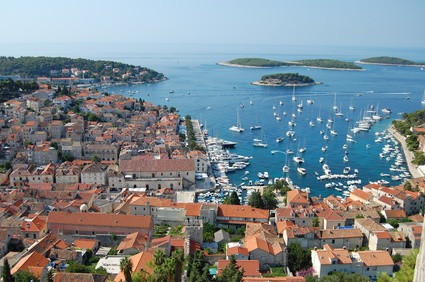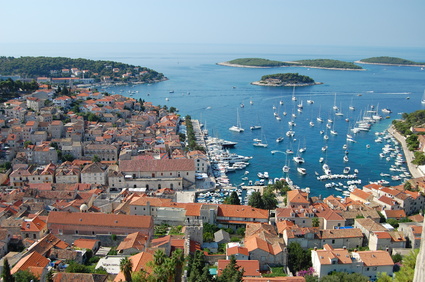10.6m tourists in Croatia in 2010
Croatian Television today reported on some interesting tourist statistics for last year, revealing that 10.6 million tourists enjoyed a holiday in Croatia during 2010, up 3.2% on the year before. These tourists stayed for 56.41 million nights in total, which is also an increase – of 2.6% – on 2009.
These figures include both foreign and domestic (i.e. Croatian) tourists, although the number of the former far outweighs the latter. 86% of tourists – or 9.11 million – were foreign visitors, who stayed for 90.4% of all visitors nights, amounting to 51 million nights. These figures for foreign tourists are up 5% and 3.6% on 2009 respectively.
Although domestic tourist make up only a small proportion of visitor numbers, their numbers actually declined in 2010 compared to the year before. Croatian tourist numbers went done by 5.3% in 2010, and they stayed for 5.8% fewer nights.
Judged by the number of nights they stayed in Croatia, visitors from Germany were the most active tourist group, staying for 22.5% of the total amount of foreign tourist nights. They were then followed by visitors from Slovenia (11.5%); Italy (9.3%); Austria (8.7%); the Czech Republic (8.2%); Poland (5.7%); the Netherlands (4.4%); and Slovakia (4.1%).
Russian visitors posted the greatest increase in numbers, with 165,000 arrivals (35.3% up) in 2010, staying for 1.37 million nights (30.8% up). There were also healthy increases in visitor numbers from Ukraine, Turkey and China. Interestingly, however, Japanese visitor numbers fell by 9.8% from 2009 to 2010.
Source: HRT


